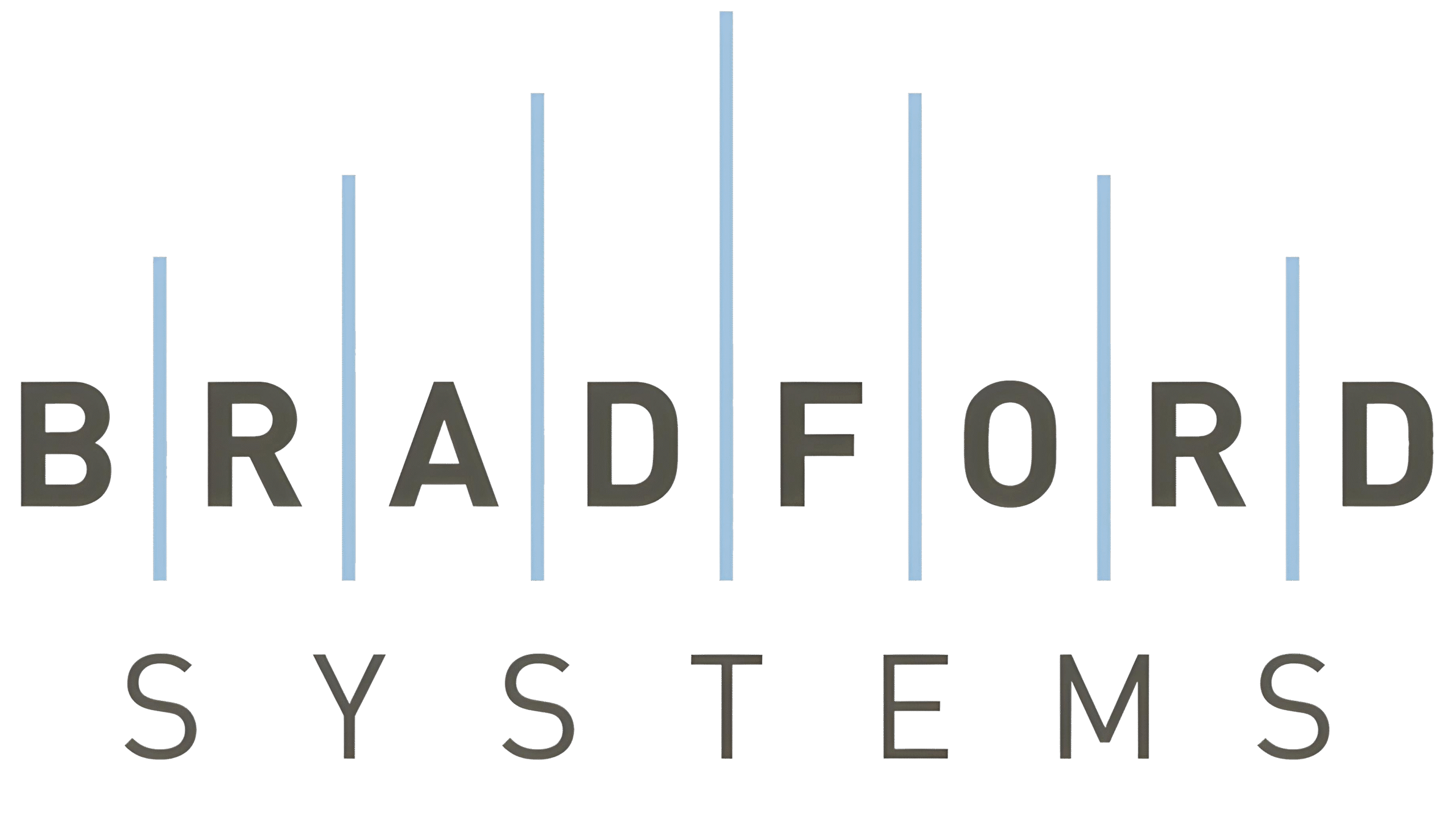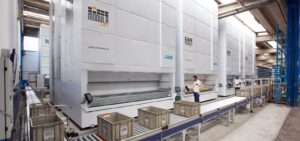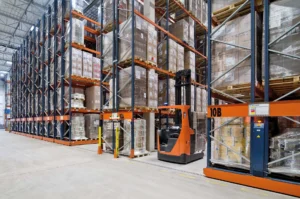In the dynamic realm of higher education, where the pursuit of knowledge takes center stage, the importance of an efficient and well-organized learning environment cannot be overstated. Among the unsung heroes of these spaces are the unassuming yet indispensable university shelving systems. These shelves play a pivotal role in shaping learning spaces, optimizing productivity, and fostering an atmosphere conducive to intellectual growth. In this blog, we’ll delve into the world of university shelving and explore how it serves as the backbone of higher education learning spaces.
The Foundations of Learning
Effective learning environments are built upon solid foundations, and university shelving is a cornerstone of this foundation. Let’s explore the various aspects that make shelving an essential component of higher education spaces.
Organized Learning Resources: University shelves house a vast array of textbooks, reference materials, and academic resources. Well-organized shelves facilitate easy access to these materials, allowing students to engage with their coursework efficiently.
Library Shelving: Libraries, the heart of any academic institution, rely heavily on shelving systems to store and categorize books, journals, and other references. These shelves support research and independent study.
Classroom Storage: In classrooms and lecture halls, shelving units are often used to store teaching aids, audiovisual equipment, and supplemental materials. This keeps the space tidy and ensures that necessary items are readily available.
Student Productivity: By providing students with easy access to course materials, university shelving contributes to enhanced productivity. Students can find the resources they need quickly, helping them make the most of their study time.
Campus Infrastructure: Shelving extends beyond classrooms and libraries. It’s also essential in administrative offices, student centers, and labs. These shelves help maintain a neat and efficient campus infrastructure.
Classroom Design and Optimization
The layout and design of classrooms significantly impact the learning experience. University shelving systems can be strategically incorporated into these designs to enhance the educational environment.
Smart Space Utilization: Shelving allows for efficient use of space, making it possible to accommodate more students in a given area. This is particularly important in crowded lecture halls and classrooms.
Customization and Flexibility: Modern shelving solutions are designed with flexibility in mind. They can be adjusted to accommodate various teaching methods and classroom activities.
Visual Appeal: Beyond their functional role, well-designed shelves contribute to the aesthetics of the classroom. Attractive shelving units can create an inviting and inspiring atmosphere.
Library Shelves: The Knowledge Hub
University libraries serve as hubs of knowledge and research, and the shelves within these libraries are the lifeblood of these institutions. The role of library shelving cannot be understated.
Book Storage: Library shelves are tasked with storing an extensive collection of books, each a potential source of learning and research. They make these resources accessible to students, faculty, and researchers.
Categorization: Carefully organized shelves ensure that books are sorted and labeled according to various subject areas, making it easy for users to locate relevant materials.
Silent Study Spaces: Libraries often provide quiet study areas with individual or group study carrels and shelves filled with reference materials. These spaces are conducive to focused learning.
Digital Resources: In the digital age, library shelves are not limited to physical books. They can also house digital resources, laptops, and research terminals, serving as tech hubs for students.
Learning Environment Enhancement
University shelving goes beyond its utilitarian role. It contributes to the creation of a holistic learning environment that fosters academic growth and personal development.
Collaborative Spaces: Some shelving systems are designed to promote collaboration. They can include communal study areas and shelves for group projects.
Access to Academic Resources: By ensuring that reference materials are readily available, shelving systems empower students and researchers to explore their academic interests.
Efficiency and Productivity: An organized learning environment minimizes distractions, allowing students and faculty to focus on their work and studies.
FAQs (Frequently Asked Questions)
Q1: Are there specialized shelving systems for different university departments?
A1: Yes, many universities utilize specialized shelving systems tailored to the needs of specific departments. For instance, science departments might require shelving for lab equipment, while the art department may need storage for creative materials.
Q2: How can universities ensure that shelving systems are adapted to modern teaching methods and technologies?
A2: Universities can work with shelving providers who offer customizable and adaptable solutions. This allows institutions to incorporate the latest teaching methods and technology into their shelving designs.
Q3: What role do digital resources play in university libraries, and how are they stored on shelves?
A3: Digital resources, such as e-books and multimedia materials, are stored on library shelves in the form of computer terminals or tablets. These shelves provide students with access to digital content, often supplemented by traditional printed materials.
Q4: How can universities ensure the safety and security of valuable materials on their shelves?
A4: Security measures like CCTV surveillance and controlled access are often in place in university libraries and classrooms. Moreover, shelving systems can be equipped with locking mechanisms to protect valuable items.
Q5: What are the considerations when designing shelving systems for a modern university library?
A5: When designing shelving systems for a university library, considerations include the library’s size, collection size, user preferences, and the need for adaptability. Modern designs should also allow for social spaces, multimedia resources, and digital access points.
In conclusion, university shelving plays a multifaceted role in the world of higher education. It is an unsung hero that contributes significantly to the organization, efficiency, and functionality of learning spaces. By providing students and faculty with easy access to the resources they need, university shelving supports the pursuit of knowledge, making it an indispensable component of the higher education experience.






